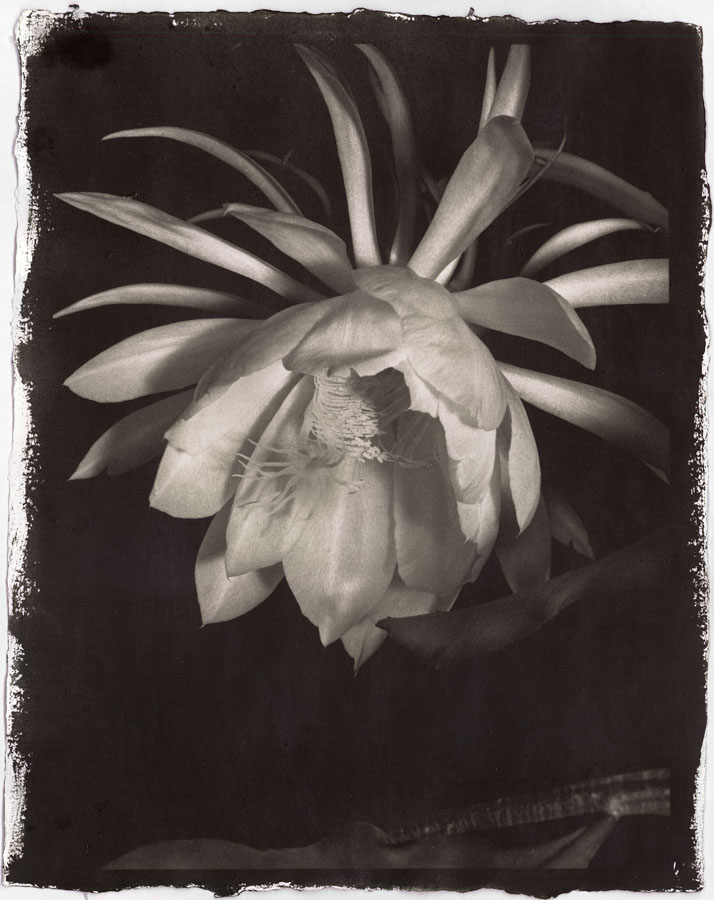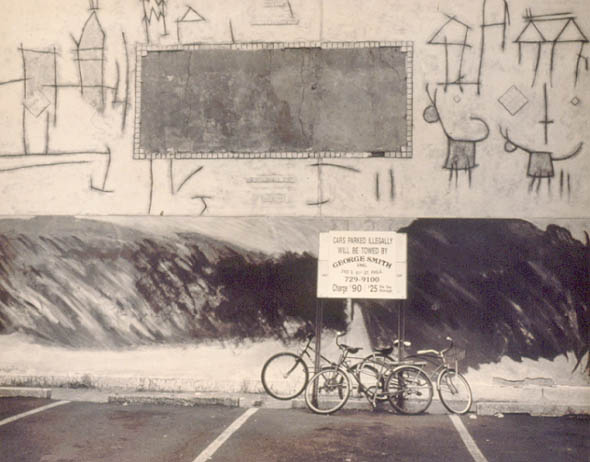Unlike in past periods, there's no mainstream or orthodoxy to art photography in today's post-postmodern era. Where once photographers held to the primacy of black and white printing or the nobility of superb formalism and painstakingly controlled exposure, contemporary photo art draws its legitimacy not from aesthetic conventions or the leadership of an elite few, so much as from an increasingly diverse and increasingly fractured perception of the world.
Thus, while there may be schools of contemporary photography––say, the exploratory, post-Soviet realism of Eastern European eyes such as Stanko Abadzic or Vladimir Birgus, or the rigorous experiments with color, landscape and geometry that distinguish the work of Marcus Doyle, Jerry Spagnoli and Charlie Schriener––there is no quintessentially contemporary work, and perhaps that is a good thing. Where Steichen or Steiglitz, Weston or Adams, Frank or Cartier-Bresson once defined the artistic moment, today's cross-influenced world of global media and instant communication is simply too fluid an environment for any aesthetic to dominate.
As a result, the photographers represented in this exhibit are compiling a new grammar of images, one that addresses both the triumph and the failure of the modern world and of modernism––its promise and delivery of progress on one hand, its failures of humanity and ecology on the other. Today's ambivalent portraits of skyscrapers and consumer products, shadowy images of urban prostitution, or dreamlike visions of man's encroachment on pristine landscapes speak to us in a multitude of visual tongues that recall the classic photography of the modern masters in many ways, and build upon the technological breakthroughs of ever more advanced films, cameras, and digital manipulation. And yet these photographs do not celebrate visual reality so much as mourn a fallen world in which so much is possible and so much goes unachieved.

Vladimir Birgus--Berlin
The images of beauty and nudity struck by Sally Mann, Lisa Holden, Ernestine Rubin, Connie Imboden or Michael Philip Manheim are variously activated by vivid color saturations, painted effects, foreshortened perspectives, swirling multiple exposures or an isolating focus on body parts. All of these approaches confront our loss of innocence, our febrile possessive gaze and, always, our complicity in establishing the meaning of an artwork. By contrast, the architectural studies of Louis Baltz or William Christenberry could not be more straightforward in their depictions of the simple, hardscrabble facades behind which life, we must assume, struggles on.
Amidst these diverse visions of the fragments of today's world, of course, the temptation to connect them thematically or conceptually may be strong, but more than anything they speak to a kind of multiform freedom––the freedom to see, shape and reshape in new ways, and the freedom to find ever richer subject matter in our backyards, on our computers, or in our own heads. While photography's tendency has always been to beautify or ennoble the plainest particulars of the world, today's best photographers are more liberated than ever as they reveal to us that nothing is plain and simple anymore.
Exhibited and Sold By
Contemporary Works / Vintage Works, Ltd.
258 Inverness Circle
Chalfont, Pennsylvania 18914 USA
Contact Alex Novak and Marthe Smith
Email info@vintageworks.net
Phone +1-215-518-6962
Call for an Appointment














Share This